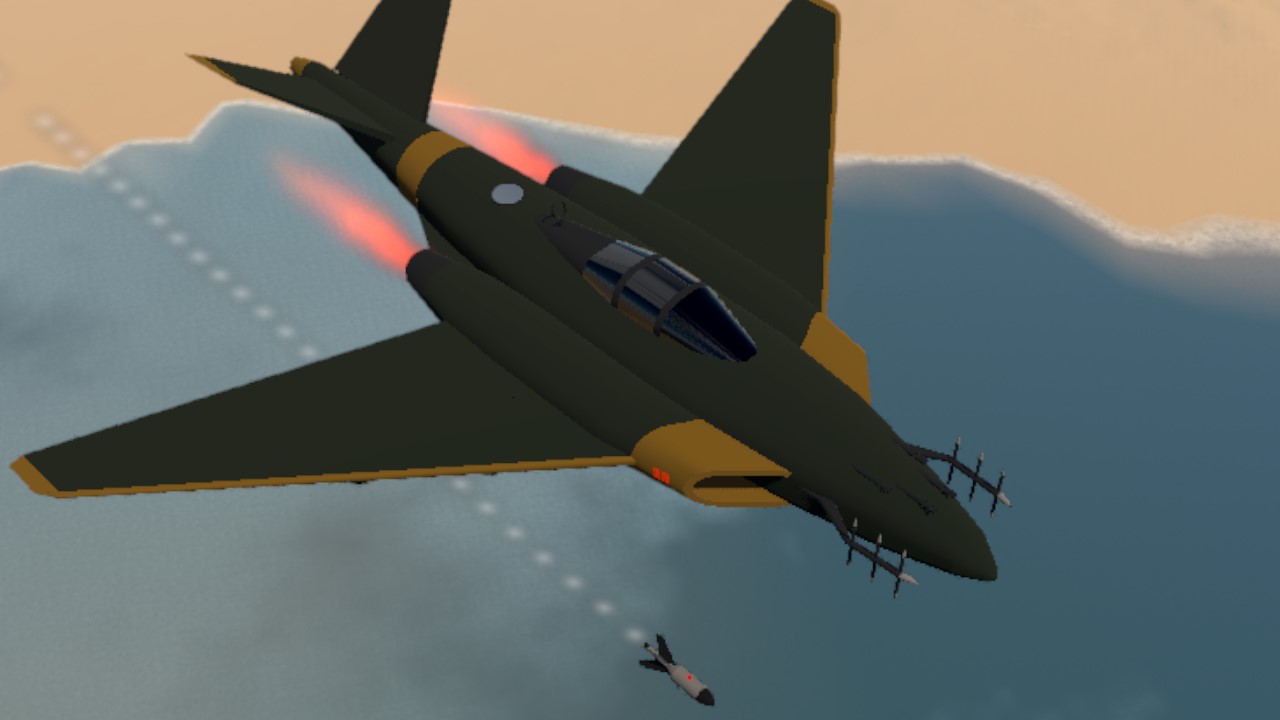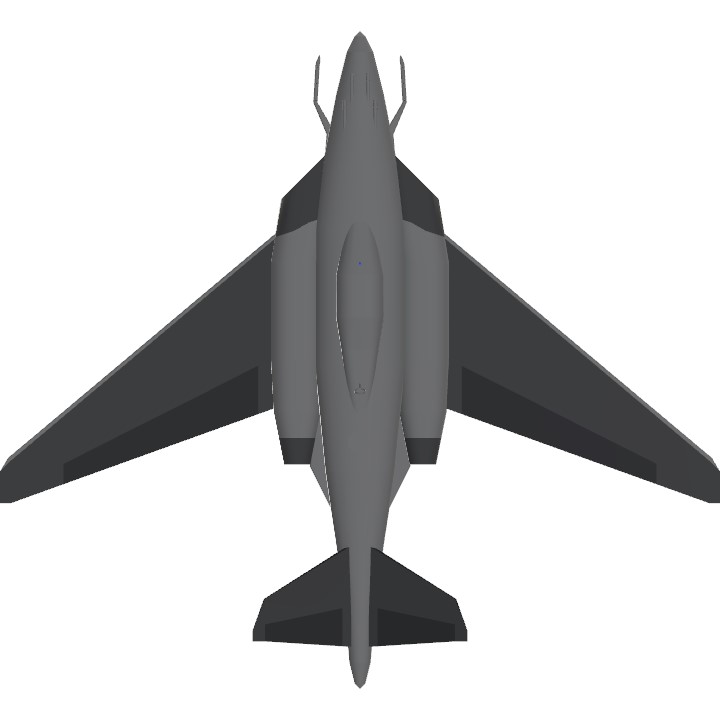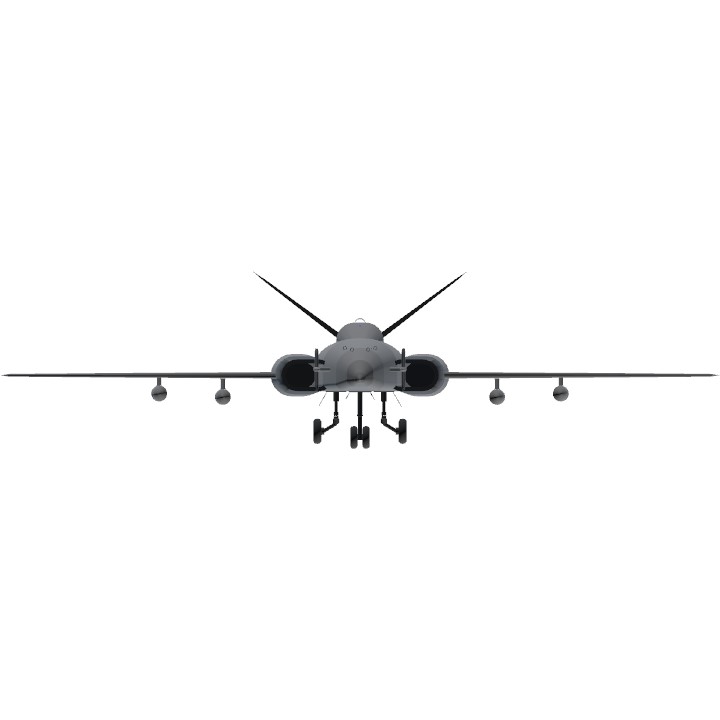Messerschmitt Me.262 (German Messerschmitt Me.262 "Schwalbe" — "swallow") is a German turbojet fighter, bomber and reconnaissance aircraft of the Second World War. It is the world's first serial turbojet aircraft and the world's first turbojet aircraft to participate in combat operations. Me-262 HG III The most radical modification of the Me.262 was envisaged by the third phase of the High-Speed program. The concept appeared back in December 1944 (then it formed the basis of the night fighter project from February 12, 1945), and its relationship with the Schwalbe was already difficult to notice. First of all, the Me.262 HG III was to receive a wing with a sweep along the leading edge of 42 °. The power plant consisted of two Junkers Jumo 004D engines with a thrust of 10.26 kN or Heinkel HeS Oil with a thrust of 12.7 kN, placed inside the thickened root parts of the wing center section. One of the problems encountered here was the loss of air passing through the long intake ducts of the engines. When the latter were placed in individual gondolas, there was no such problem, since the air got directly into the engine. However, the arrangement adopted on the HG III removed the power plant from the air intake. Compared to the NG I and HG II, the chassis has also changed. All wheels had to be retracted into the fuselage. The tail first corresponded to HG I, and then was replaced by a butterfly tail. The cockpit light remained similar to HG I and HG II. It was expected that the aircraft would develop a speed of 1050 km/h near the ground and 1100 km/ h at an altitude of 6000 m. Work on the Me.262 HG III was carried out very intensively. His model was tested in a wind tunnel. However, the end of the war interrupted all research.
Specifications
General Characteristics
- Predecessor WWII challenge (CLOSED)
- Created On Windows
- Wingspan 55.6ft (17.0m)
- Length 50.9ft (15.5m)
- Height 13.8ft (4.2m)
- Empty Weight N/A
- Loaded Weight 16,185lbs (7,341kg)
Performance
- Power/Weight Ratio 3.082
- Wing Loading 34.9lbs/ft2 (170.6kg/m2)
- Wing Area 463.3ft2 (43.0m2)
- Drag Points 4650
Parts
- Number of Parts 140
- Control Surfaces 6
- Performance Cost 513







You’re probably a winner!